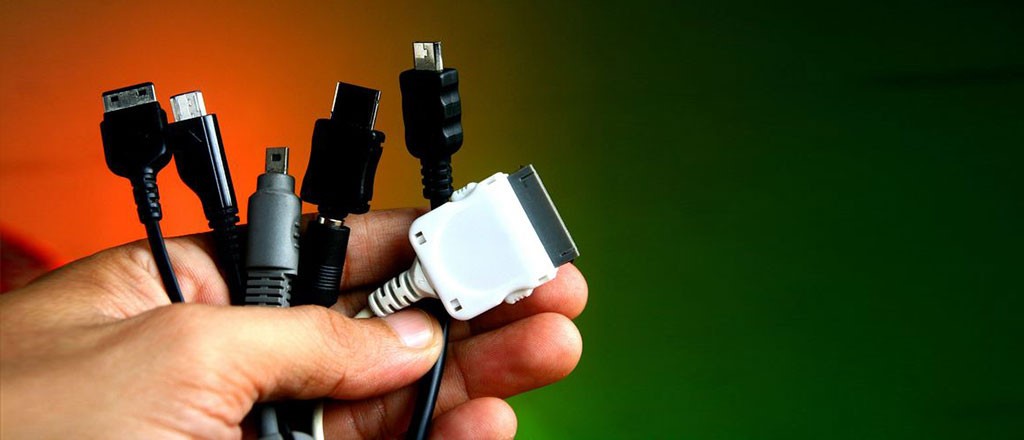
After years of fumbling around with proprietary adapters, we’ve finally reached a point where the tech industry has mostly settled on a standardized set of connectors. Some fragmentation remains in regards to the USB-C, which may eventually replace the USB Type-A, but charging gadgets has become noticeably more convenient than it was a decade ago when a distinct power supply was needed for each of your gadgets. Today, a single standardized USB cable can charge a buddy’s phone, connect your phone to a TV, connect video game controllers to your PC, and much more.

There are currently four USB specifications — USB 1.0, 2.0, 3.0, and 3.1 — and a new USB-C connector hoping to catch on. At this point, USB 3.0 has become the most ubiquitous. Regardless of specification, every USB network includes one host and one device. Typically, the host is the PC, while the device is the attached smartphone, tablet, camera, or whatever other peripheral. Electricity flows from the host to the device, while data can be transferred in either direction. Structurally, the USB 1.0 and 2.0 sockets have four pins, with four wires in the USB cable. Data is carried by the inside pins (D+ and D-), while the outside pins supply 5 volts of power. USB 3.0 is slightly different, having added a row of five pins and five more wires within the cable.
Specs
As far as actual current (milliamps or mA) is concerned, there are three types of USB port dictated by the contemporary specs; they are they standard downstream port, a charging downstream port, and a dedicated charging port. The first two are found in all contemporary computers and laptops while the third kind is used in wall chargers. In terms of raw milliamps, the standard downstream port delivers up to 500 mA (0.5A) in the USB 1.0 and 2.0 specs, and 900 mA (0.9A) with USB 3.0. Conversely, the charging downstream and dedicated charging ports supply up to 1,500 mA(1.5A). USB 3.1 raises throughput to 10Gbps and supports power draw of 1.5A and 3A over a 5V bus.
USB-C is a different animal altogether. The connector is bi-direction, meaning that it single-handedly eliminates the frustration of being unable to plug into the USB socket. But more importantly, USB-C is capable of delivering twice the theoretical throughput of USB 3.0, outputs more power, and can support multiple protocols such as HDMI, VGA, and DisplayPort.
Can it blow up?
With such a huge variance in current and throughput between USB ports rated at 500 mA and dedicated charging ports ranging all the up to 3,000 mA, one must inevitably wonder, what happens if you plug a phone that comes with a 900 mA wall charger and into a 2,500 mA external battery pack. Will it blow up?

No, it will not blow up. For the most port, any USB device can be inserted into any USB port without overloading the circuit; instead, chargers rated at higher current would actually speed up the battery charging. The underlying factor that dictates the rate of charge and whether or not the device can even charge is its age.
In 2007, the USB Implementers Forum released the Battery Charging Specification to standardize faster methods of USB charging, either by pumping more amps through the USB port or using a wall charger. Devices manufactured before the standard was implemented will not function with USB ports constructed post-2007, whereas all contemporary devices should be compatible with high-amp fast-charging USB batteries. The only setback is that charging devices with more powerful chargers than intended can cause the battery to heat up, resulting in deterioration and decreased lifespan.
You may have also suspected that various USB ports on your PC or laptop charge mobile devices are differing rates. This is, in fact, true, as far as older PCs are concerned; OEM did label the difference between the downstream and charging downstream port. But most vendors now place a small lightning icon above the port intended for charging.
Charging is only apt to get better, particularly if USB-C catches on. Gone will the days of endlessly twisting the USB, unsuccessfully trying to find the right fit.
Source: Extremetech
Advertisement
Learn more about Electronic Products Magazine





